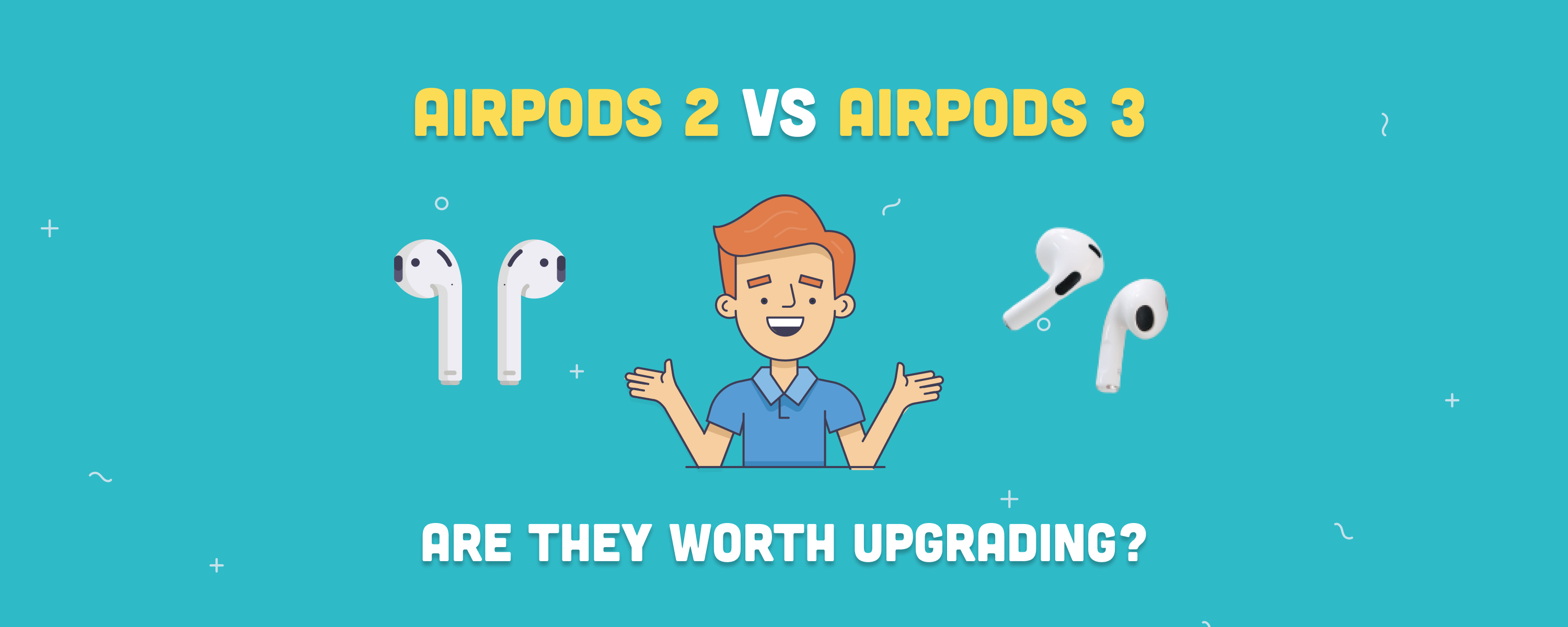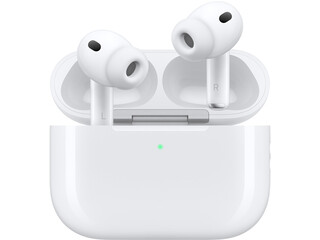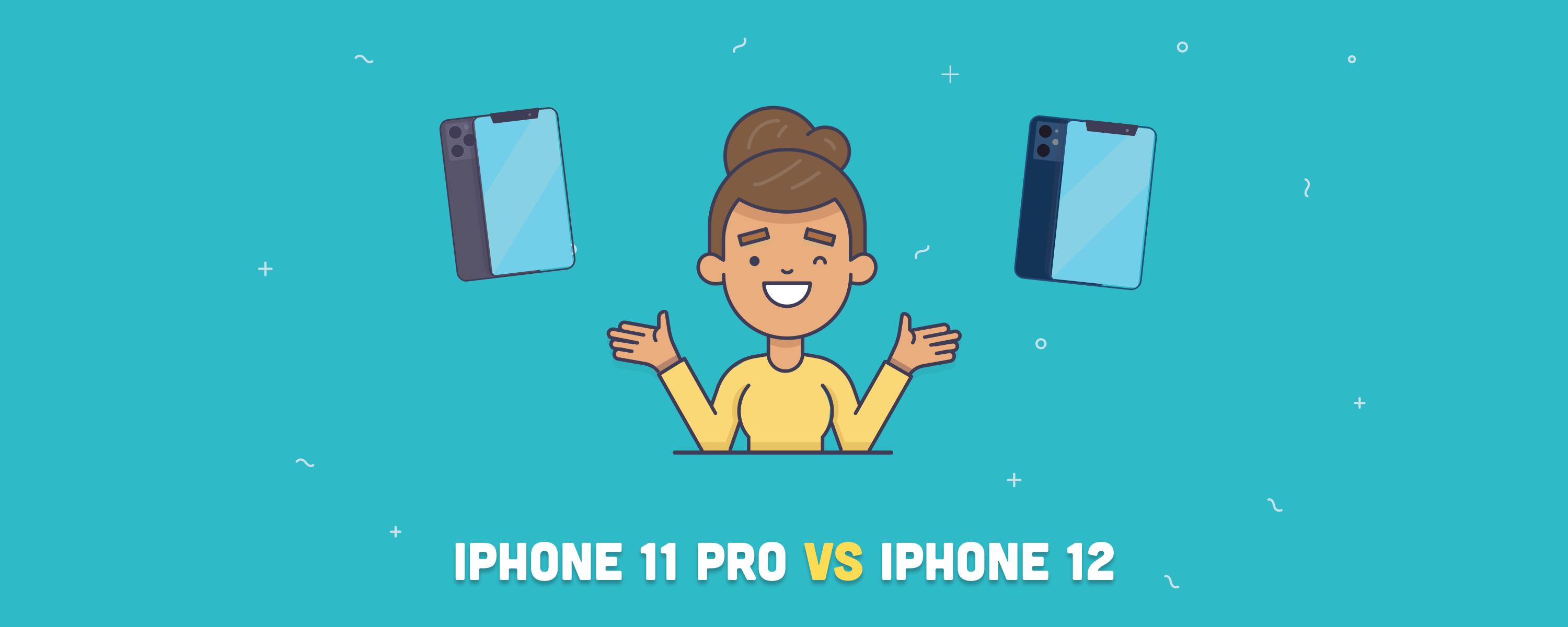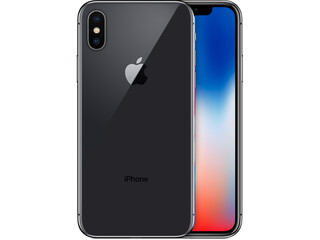Apple unveiled the AirPods 3 in October 2021 with exciting features that, until now, were reserved only for the AirPods Pro. The previous model, the AirPods 2, was a big hit, and the AirPods 3 only improved the experience with spatial audio, adaptive EQ, IPX4 sweat and water resistance, and force sensor controls. In this article, we’ll help you decide between the AirPods 2 vs. the AirPods 3 and share if they are worth upgrading.
Table of contents
AirPods 2 vs. AirPods 3: Similarities and differences
The AirPods 2 and the AirPods 3 have quite a few similarities. However, their differences are what might decide your purchase or upgrade. Let’s see them all, shall we?
Similarities
- Apple’s H1 chip
- Hey Siri
- Automatic switching between devices
- Personalized engraving
- Lightning charging case
- Motion-detecting accelerometer
- Speech-detecting accelerometer
- Dual beamforming microphones
- Bluetooth 5.0
- Live Listen audio
- Accessibility features: headphone levels and accommodations
Differences
The 2nd generation AirPods have:
- Dual optical sensors
- Double-tap controls to play, skip forward, or answer a phone call
- Up to 5 hours of listening on a single charge
- More than 24 hours of listening time with charging case
- Original price: $159
On the other hand, the 3rd generation AirPods offer the following key features:
- Spatial audio with dynamic head tracking
- Adaptive EQ
- IPX4 sweat and water resistance
- Force sensor
- Skin-detect sensor
- Up to 6 hours of listening time on one charge
- Up to 30 hours of listening time with charging case
- Custom high-excursion Apple driver
- Custom high dynamic range amplifier
- Inward-facing microphone
- Press once to play, pause, or answer a phone call
- MagSafe charging case with Qi wireless charging support
- Original price: $179
AirPods 2 vs. AirPods 3: Feature comparison
Let’s start by quickly comparing the specs and price of the AirPods 2 vs. AirPods 3, and we will cover every feature in detail next.
| AirPods 2 | AirPods 2 | |
|---|---|---|
| Size | 1.59 x 0.65 x 0.71 -inches (40.5 x 16.5 x 18 mm) | 1.21 x 0.72 x 0.76 (30.79 x 18.26 x 19.21 mm) |
| Charging case size | 1.74 x 0.84 x 2.11-inches (44.3 x 21.3 x 53.5 mm) | 1.83 x 0.84 x 2.14 inches (46.40 x 21.38 x 54.40 mm) |
| Weight | 0.14 ounce (4 grams) | 0.15 ounce (4.28 grams) |
| Spatial audio with dynamic head tracking | No | Yes |
| Adaptive equalizer | No | Yes |
| Wireless charging/MagSafe | No | Yes |
| Water-resistant | No | Yes |
| Customizable fit | No | No |
| Chip | Apple H1 | Apple H1 |
| Sensors | Dual optical sensors, motion-detecting accelerometer, speech-detecting accelerometer | Skin-detect sensor, motion-detecting accelerometer, speech-detecting accelerometer, force sensor |
| Battery life | 5 hours of listening time, more than 24 hours with case | 6 hours of listening time, up to 30 hours with case |
| Microphones | Dual beamforming microphones | Dual beamforming microphones Inward-facing microphone |
| Price (original) | $159 | $179 |
| Price (refurbished) | Starting at | Starting at |
Design
The AirPods 2 keep the design of the previous generation. The AirPods 3 have shorter stems and larger in-ear parts and enjoy an elegant design with an anatomical fit that brings the sound directly to your ears. However, they don’t have in-ear silicone tips, as was rumored before their launch. Both enjoy the characteristical white plastic finish of Apple devices.
As for their charging cases, the second-gen AirPods case is more prolonged, while the third-gen AirPods case is reminiscent of the AirPods Pro’s case design, being a bit more compact. It’s perfect for carrying them in your pocket, something more complicated to do with the AirPods Max.
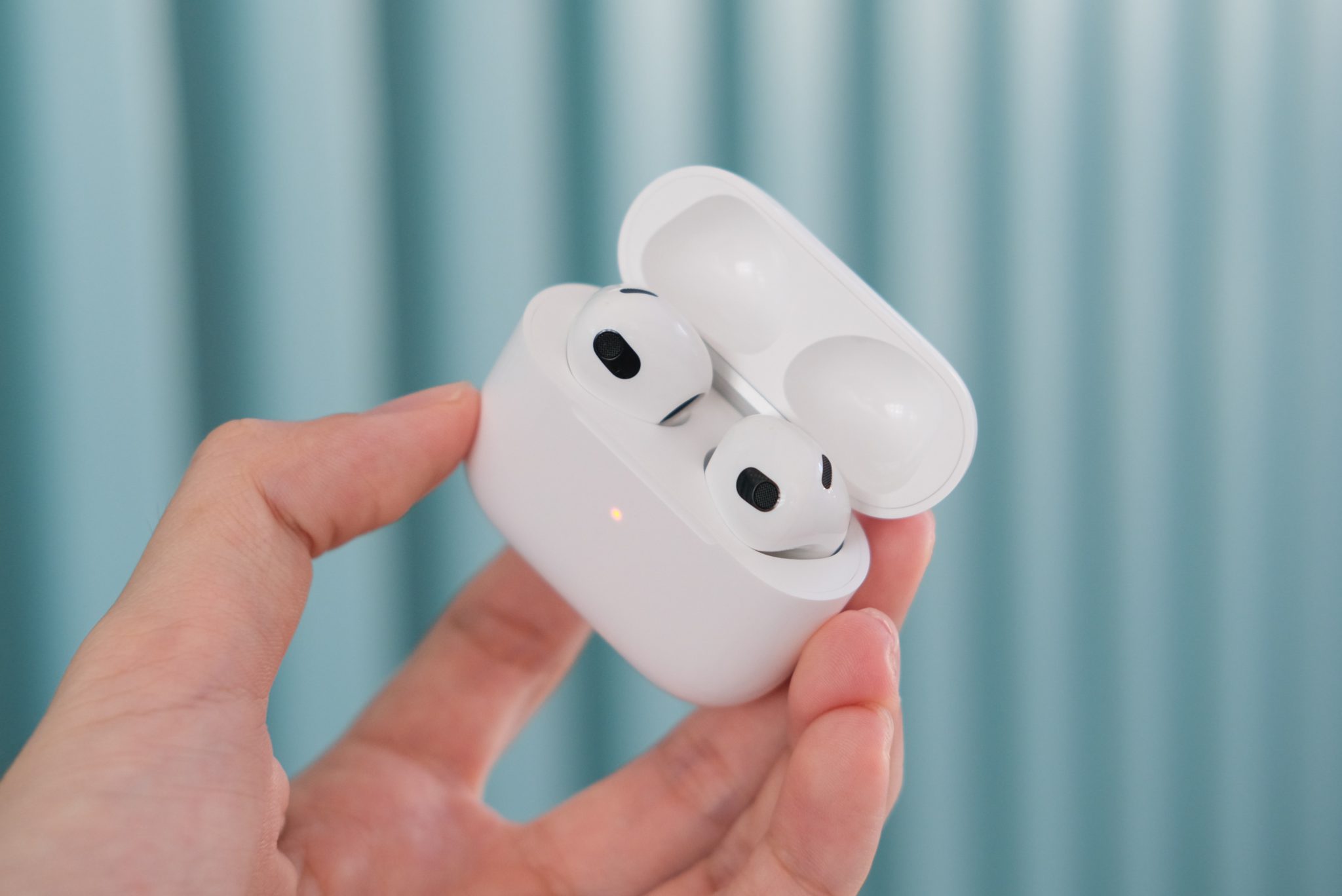
Sound quality
As you may have seen in the specs comparison table, the AirPods 3 bring two new important innovations: spatial audio with dynamic head tracking and an adaptive equalizer. The former helps turn your music and favorite media into a three-dimensional experience, and the latter automatically adapts to produce a unique sound experience for every user.
The third-generation AirPods include a new low-distortion driver and a custom high-dynamic range amplifier. Moreover, the audio hardware is based on that of the AirPods Pro. These improvements bring powerful bass and crystal clear highs, further enhancing the audio quality. Lastly, both AirPods can work with Android devices.
Spatial audio
It’s worth noting that Apple Music announced spatial audio with Dolby Atmos, bringing lossless audio to the entire catalog at no additional cost. All music, movies and TV programs with spatial audio will be heard in an environment where the sound comes from different points. Home cinema only with your earbuds!
Only the AirPods Pro, Max, and the third-generation model feature spatial audio. Besides, dynamic head tracking, which works on top of the spatial audio, can make your group FaceTime calls, music, and movies on the Apple TV more enjoyable. The sound will change as you turn your head. For instance, if you listen to a song on Apple Music and turn your head right, the music will sound more prominent in your left ear.
Be aware that spatial audio with dynamic head tracking is only available on an iPhone, iPad, Mac, and Apple TV using your AirPods along with Apple Music.
👉 Related: Beats Studio 3 vs. AirPods Max: A Guide to the Best Headphones
Battery life and charging
The battery life is one of the most notable differences we found between the Apple AirPods 2 vs. the AirPods 3.
The AirPods 2 will offer up to 5 hours of audio playback or up to 3 hours of talk time. Similarly, the case will provide more than 24 hours of playback and up to 18 hours of talk time. At the charging level, 15 minutes in the case will give us about 3 hours of audio playback or 2 hours of talk time. Nonetheless, the 2nd generation AirPods lack any wireless charging.
As for the AirPods 3, they offer up to 6 hours of playback (5 hours with spatial audio on) or 4 hours of talk time, which increases to 30 hours of playback with the charging case or 20 hours of talk time. At the same time, 5 minutes of fast charging in the case will give us approximately one hour of audio playback or 1 hour of talk time. Lastly, the 3rd-gen AirPods charging case supports both Qi-standard wireless charging and Apple’s MagSafe charging system.
👉 Learn more: How Long Do AirPods Last? (Battery & Lifespan)
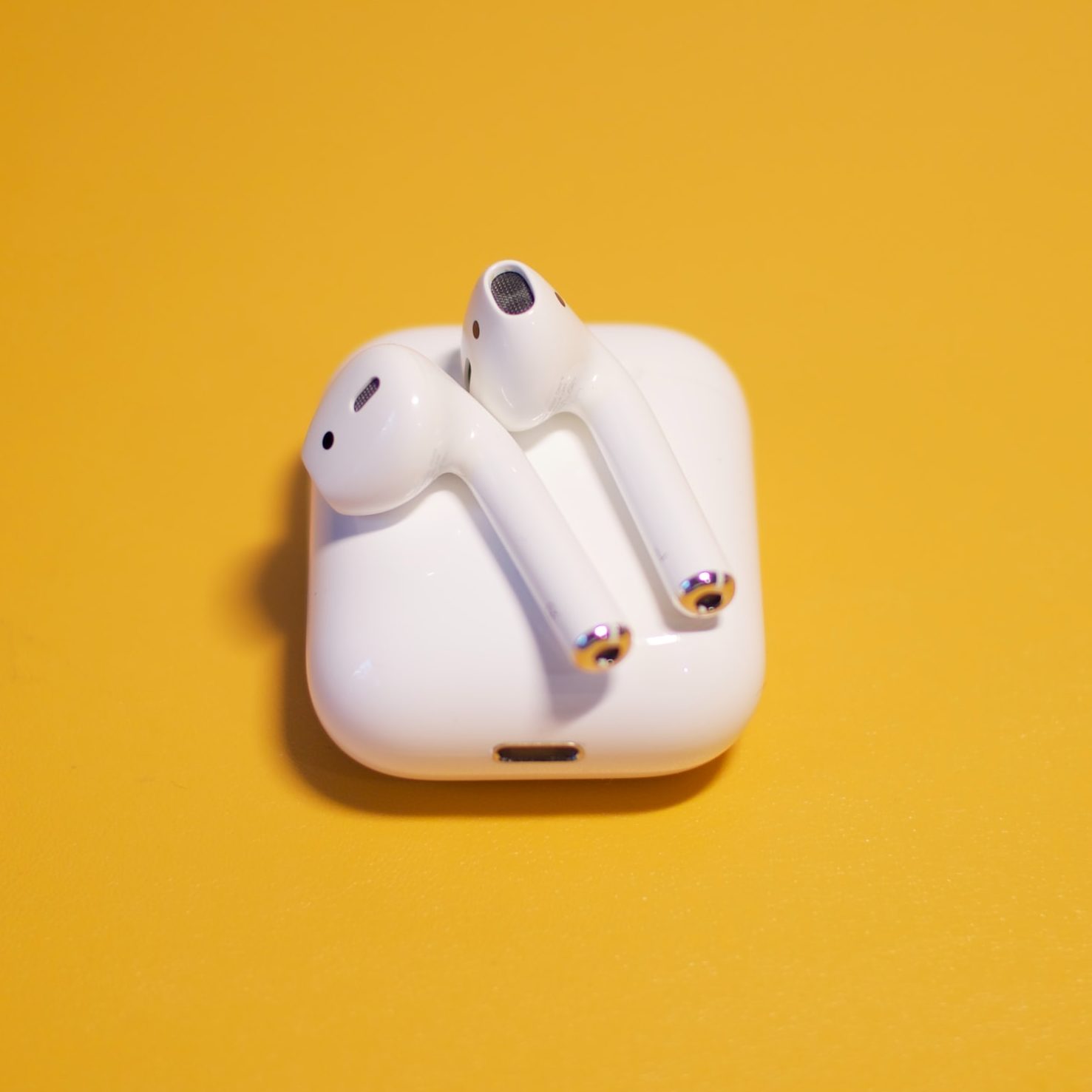
Microphones
Both the AirPods 2 and AirPods 3 have two microphones that isolate your voice and ambient sound. Thus, they are perfect for your calls and offer better multimedia immersion in noisy surroundings.
Unlike its predecessors, the AirPods 3 are covered with a special acoustic mesh that softens the impact of air currents. If you live in a city with a lot of wind, you will notice the difference with this new feature.
Controls
The third-generation AirPods have a force sensor, the same as the AirPods Pro. This allows users to play and pause music or multimedia or answer a phone call by pressing them. The force sensor allows a wide range of commands, including pressing and holding to activate Siri. You can also press once to play, pause, or answer a phone call, and twice to skip forward.
In comparison, you can control the second-generation AirPods by tapping on the stems, and double-tapping to play, skip forward, or answer a phone call. These touch controls are more sensitive and may be accidentally triggered. It all comes down to your preference to decide which is better.
Skin detection
The AirPods 3 features a skin sensor, which can discern your ear from another surface. The sound will only play when you wear them, so they will not be activated by accident when you carry the wireless earbuds without the case in your pocket. This detector works by noticing water content in the skin to avoid mistaking it with pockets, bags, phones, tablets, or other surfaces.
The AirPods 2 have dual optical sensors to detect if they are in your ear. It’s essentially the same function, but it is not as optimal as the skin sensor of the third-generation AirPods. They can start playing if they detect any surface different from your ear.
Sweat and water resistance
One of the new additional features of the third-generation AirPods is that they are water-resistant with IPX4 certification. Unlike its predecessor, you don’t have to worry that much about sweat and water when exercising, and splashing water from any angle will not damage the device. They are perfect for training, especially considering their ergonomic design.
The second-generation model doesn’t have any IPX4 certification and is not sweat and water-resistant.
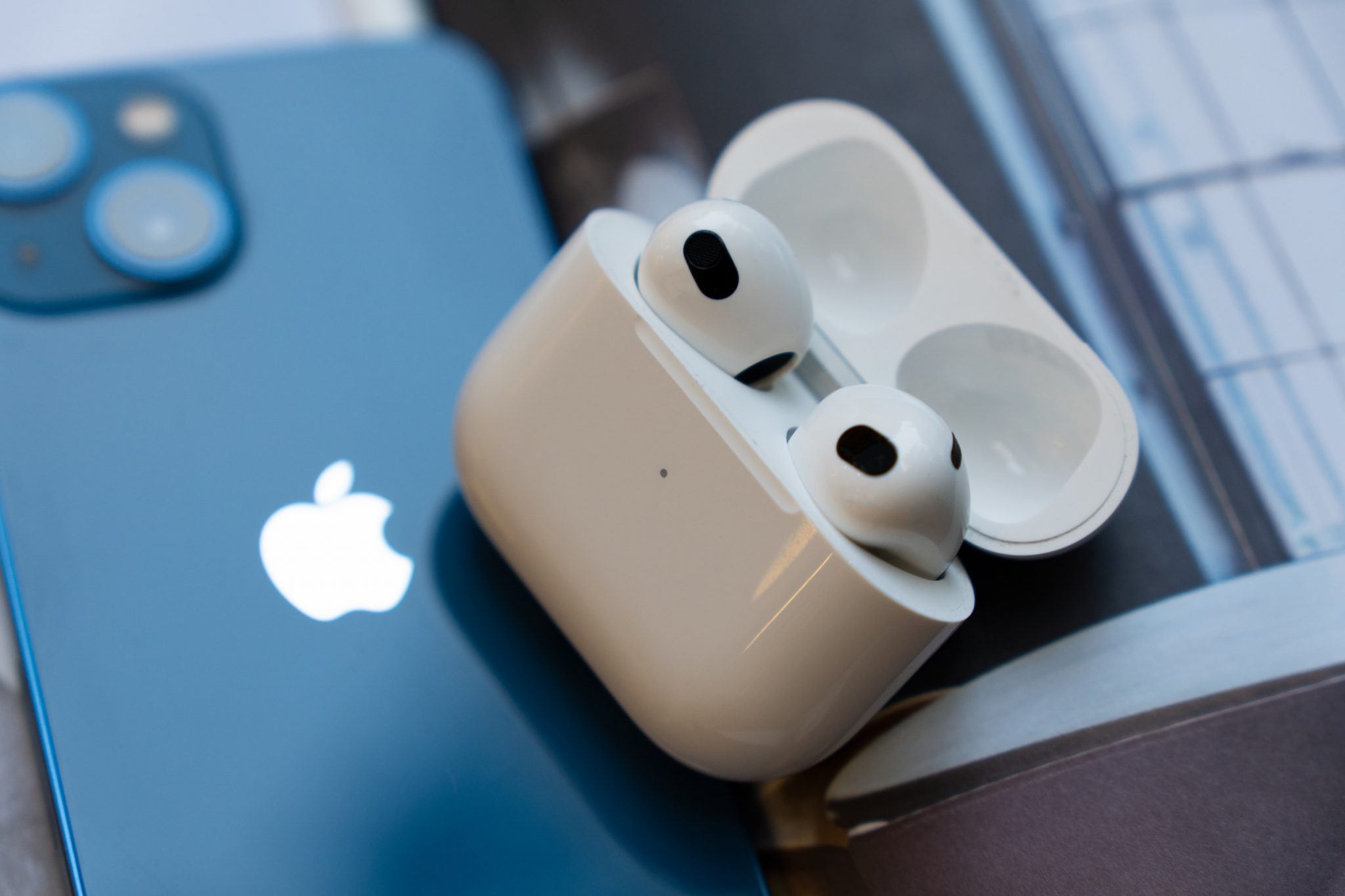
The verdict
Unquestionably, the AirPods 3 have more innovative technology like the spatial audio feature and adaptive equalizer to create a more immersive experience, with better isolation from the air or wind, better battery life, wireless charging, and new skin and force sensors for extra comfort.
Is it worth upgrading from the AirPods 2 to the AirPods 3, especially considering that they are $50 more expensive than their predecessors? It depends. If you are very demanding in audio quality and want the best possible immersion, the third-generation AirPods may be your choice. They are also sweat and water-resistant, so they can be a good upgrade if you exercise frequently.
On the contrary, if you are happy with the audio quality of the current AirPods 2, you don’t think you need the spatial audio, you don’t mind the wireless charging, and you haven’t cared that much about sweat and water until now when using them, you might as well keep your earbuds a bit longer. In the end, the second-generation AirPods are still robust earbuds with excellent audio quality and one of the best Apple devices ever made.
The alternative is to look for refurbished AirPods 3 that can make up for the price difference and get them even cheaper than factory-new AirPods 2. On RefurbMe, we specialize in offering the best refurbished Apple product comparisons in the market, with a warranty, 100% functional, and thoroughly tested and cleaned before being back on sale again.
Also, don’t forget to check our article on the best AirPods accessories you should invest in to enhance your experience even more, and what to do with your old AirPods in case you want to upgrade.
Good luck!
Frequently asked questions
Here are some answers to the most frequently asked questions regarding the second and third-generation AirPods.
Although the AirPods 3 have spatial audio with dynamic head tracking, they don’t have active noise cancellation and transparency mode. You will need to get the AirPods Pro or AirPods Max models if you want less background noise or an ambient noise feature.
Yes, the AirPods 3 are 33% smaller than the AirPods 2. The third generation looks a bit more modern, with shorter stems, a force sensor, and a design similar to the AirPods Pro.
The third-gen AirPods case provides an extra four charge cycles with up to 30 hours of playtime, while the second-gen offers just under four additional charges with a combined battery life of 24 hours.
To play audio and skip forward in the first and second-generation AirPods, double-tap an earbud. You can configure each AirPod to use Siri, play and pause your content, skip forward, or go back to the previous track.
In the AirPods 3, press the force sensor on the stem to play and pause audio, and press it again to resume playback. Double-press to skip forward, triple-press to skip back, and say “Hey Siri” to turn up or down the volume with a voice command.
The AirPods 2 and 3 use Bluetooth 5.0 and the SBC and ACC codecs. The latter offers high-quality audio to Apple devices at a consistent rate. There are no performance differences between the two.

